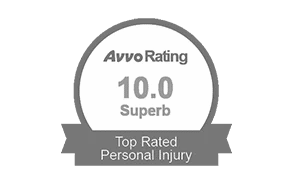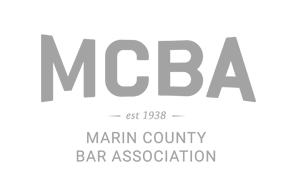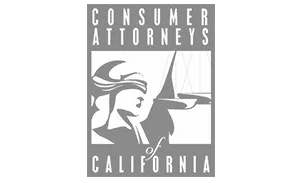
Joint and several liability is a useful legal concept that some states use. The aim of joint and several liability is to ensure that injured parties get their due compensation.
The states that use joint and several liability don’t always apply it in the same manner. California’s joint and several liability for civil cases came into effect in 1986.
States can apply joint and several liability with nuances that equally affect both defendants and plaintiffs in civil cases like personal injury claims. Thus, if you are filing a personal injury case in California, it is important to know what joint and several liability is and how California applies the concept in personal injury cases.
Below, our California personal injury lawyers explain what joint and several liability is and how it applies to your case.
What Is Joint and Several Liability in California?
Joint and several liability applies specifically to cases where more than one party is responsible for causing a plaintiff damage. Joint and several liability improves a plaintiff’s ability to collect on a judgment and helps ensure they receive full compensation for their injuries.
Example Accident
To understand the concept, consider the following example:
An employee of a big box store lifts a pallet of boxes on a forklift and fails to seal off the area to customers. While the employee is lifting the pallet, several boxes fall off and strike a customer while they are shopping. What’s more, it turns out that the store had hired a mechanic that week to fix a balancing issue with the forklift and the mechanic had done a shoddy job.
The customer suffers both economic and non-economic damages. They suffer a broken wrist and concussion that both require medical care. These are economic damages.
However, the customer also suffers from non-economic damages. These include psychological trauma that makes them afraid to shop at any big box store. Furthermore, they panic whenever they see a forklift. This trauma has a distinct impact on their life.
To recover damages, the customer files a lawsuit. But whom do they hold responsible for the accident? On the one hand, the employee acted negligently in raising the boxes over a customer and failing to properly seal off the area where they were operating the forklift, so they are liable for damages.
On the other hand, however, the store is responsible for employee conduct, so they are also liable. The store may also be liable for any direct responsibility it has for the accident, such as its failure to properly train the employee regarding safety protocols.
Further, the mechanic’s poor workmanship affected the functioning of the forklift.
How Joint and Several Liability Applies
The customer names the store, the employee, and the mechanic in their claim for damages. A judge determines that the employee is 60% responsible for the damages and their employer is 30% responsible. Further, the mechanic was 10% at fault for their failure to properly fix the forklift.
The customer discovers that the employee has no assets and cannot pay for their portion of the damages.
Furthermore, the mechanic has also closed their business and has no assets. The attorneys determine that these defendants are thus “judgment-proof.” Because of this, an illustration of joint and several liability comes into play.
The basic rule in California is that joint liability applies to economic damages, while several liability applies to non-economic damages.
Economic damages
For economic damages, a damaged party can recover the entire amount from one of the parties despite any fault proportion. This is important if one of the defendant parties is judgment-proof.
In our example, this means that the store—the only party with any assets—is responsible for the entirety of the economic damages. The customer can collect the full amount from the store, and it then becomes the store’s responsibility to try to recoup money from the other defendants.
Non-economic damages
Conversely, for non-economic damages, the defending parties are held severally liable. Each of the defendants is responsible for paying only for the proportion of the non-economic damages that correspond to their own proportion of fault.
Nevertheless, since the employer is vicariously responsible for their employee’s negligence, they could be held responsible for the employee’s share of fault, even with respect to non-economic damages.
So in our example, the customer can recover 90% of the non-economic damages they seek from the employer (the employer’s 30% share and the employee’s 60% share), but they won’t recover the other 10%, since the mechanic is judgment-proof and the employer is not jointly liable for non-economic damages.
Have You Suffered From a Personal Injury in California?
If you suffer from a personal injury that someone else caused through their negligence, you are entitled to compensation for damages and should seek counsel with an experienced personal injury attorney.
Even knowing the basic rule, in a case where more than one party is responsible for damages, it may not be immediately clear whom you should sue and for what proportion of damages. After a car accident, there may be several responsible parties. T
o help you determine what path you should take to recover your damages, it is important to consult with an experienced California personal injury lawyer.
The personal injury attorneys at The Wakeford Law Firm know the ins and outs of California’s joint and several liability rules, so you can rest assured that we will take the proper steps to help you fully recover damages. Our clients are our top priority, and compassion for our clients is our guiding principle. Choose experience; contact us today for a free consultation!
How useful was this post?
Click on a star to rate it!
Average rating 0 / 5. Vote count: 0
No votes so far! Be the first to rate this post.







